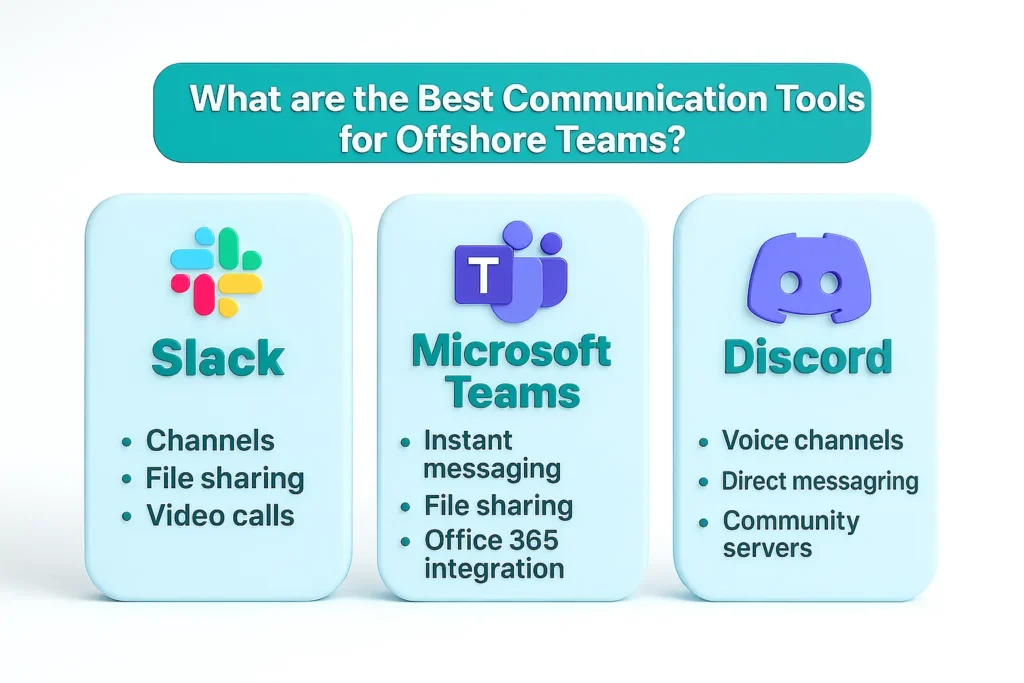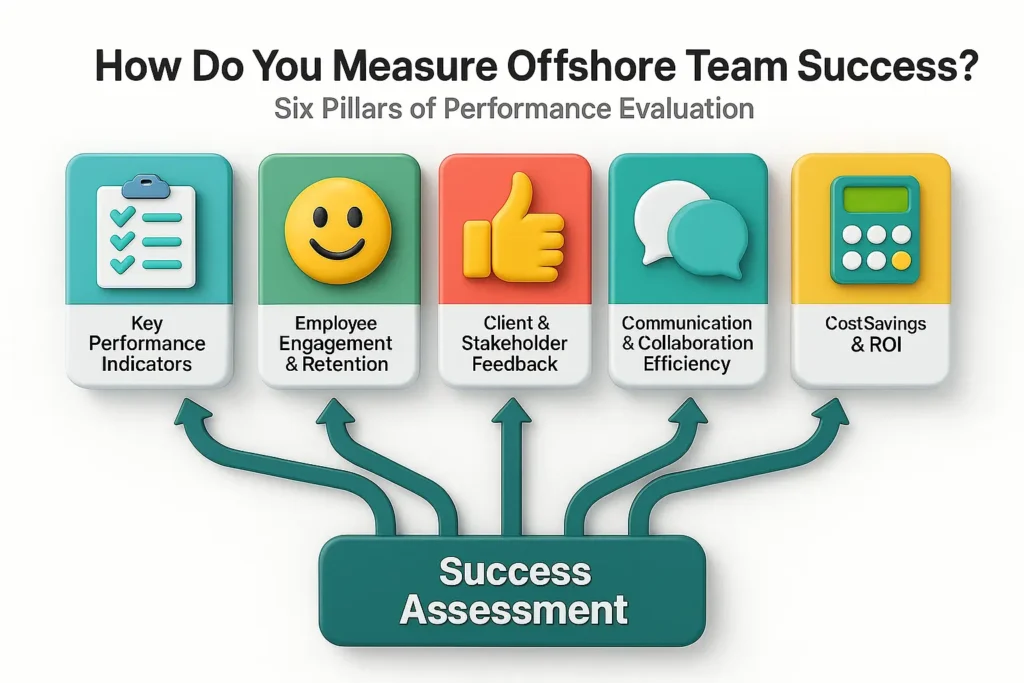Managing an offshore team presents a unique set of challenges compared to handling an in-house workforce. While offshore staffing offers significant benefits such as cost savings, access to a global talent pool, and operational scalability, it also requires strategic management to ensure efficiency, communication, and long-term success.
One of the biggest hurdles in offshore team management is the geographical and cultural differences that can affect workflow, collaboration, and overall productivity. Unlike in-house teams, offshore teams often work in different time zones, follow different cultural norms, and rely heavily on digital communication tools to stay connected. Without a proper management strategy, businesses may struggle with miscommunication, lack of alignment, and reduced productivity.


